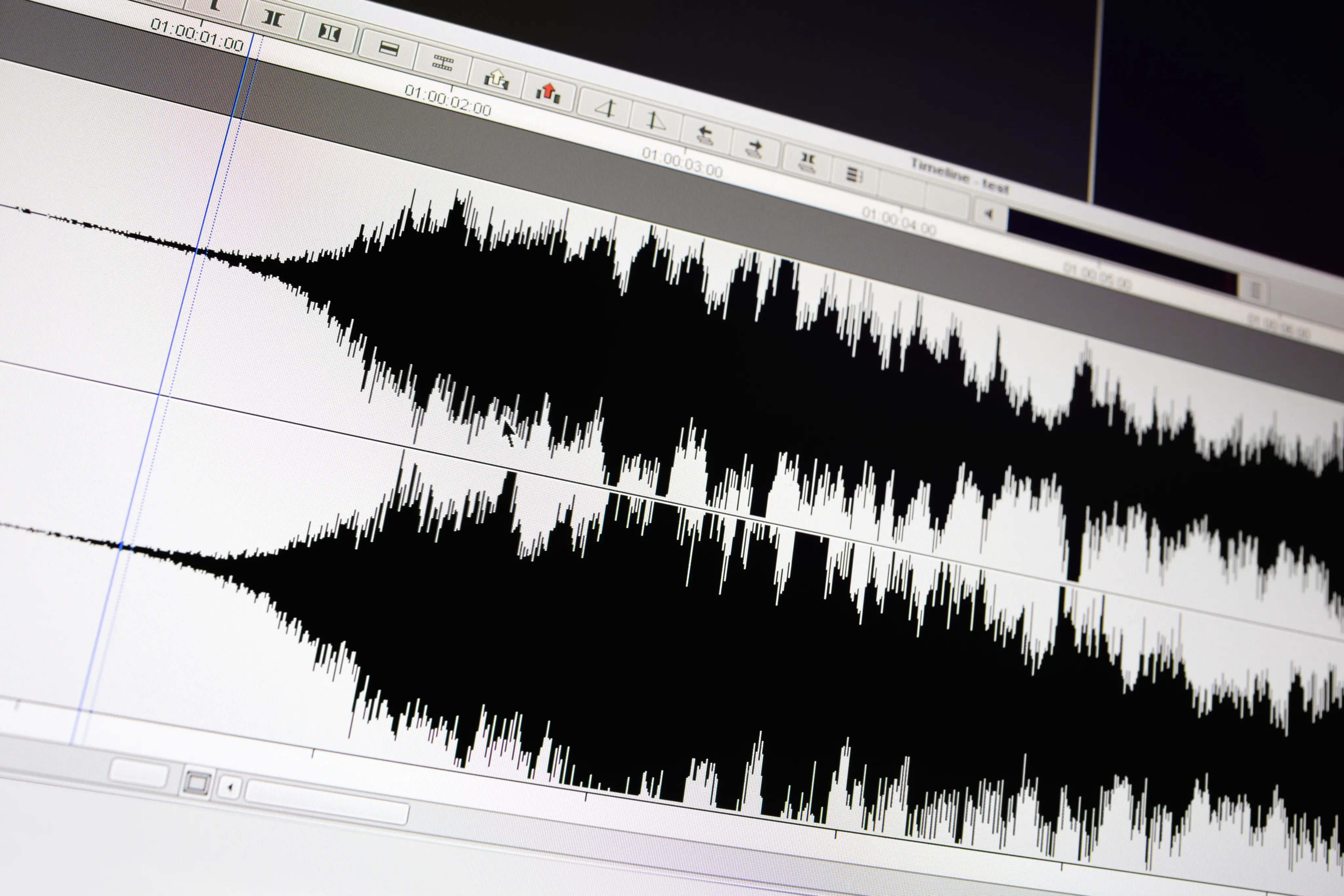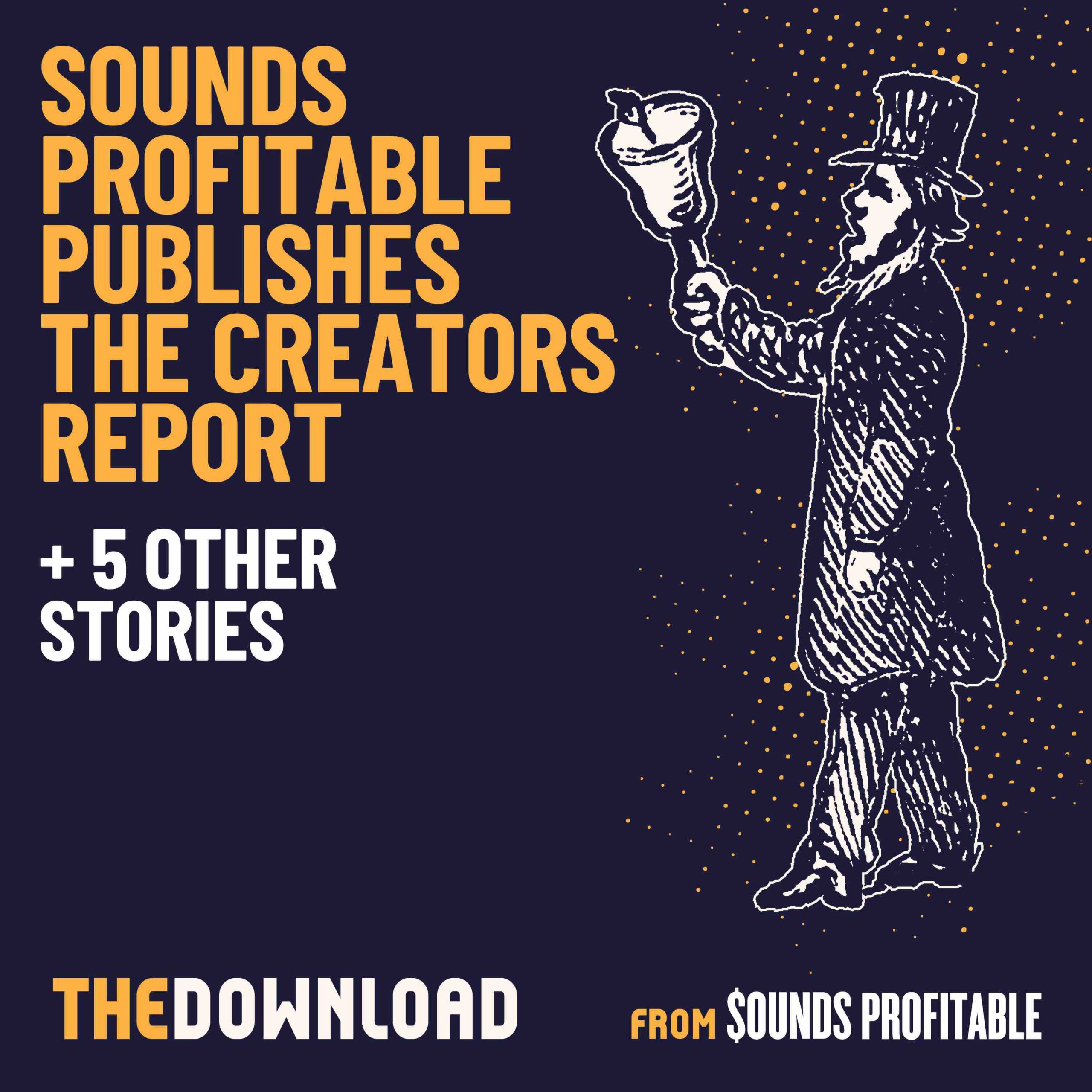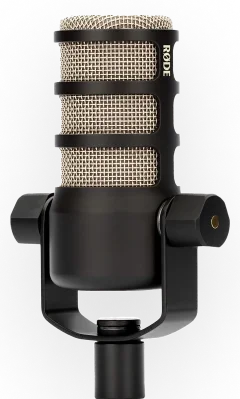This week on The Download: Sounds Profitable publishes the Creators report. Slate is running provocative billboards for Slow Burn, Spotify turns its radar on podcasts, rising YouTube CPMs make the platform even more attractive for podcasters, and news organizations struggle to keep young folks around.
Firstly, if you’ll indulge us a bit of self-promotion, the first ever Sounds Profitable report has been delivered! On Tuesday Sounds Profitable hosted a first-of-its-kind presentation of The Creators. Here’s how we billed it:
“Sounds Profitable, in partnership with Edison Research, has put together the first credible study of the profile of podcast creators in America. This is an incredibly important benchmark in the history of podcasting and the first of many regular reports Sounds Profitable will be publishing to chart the future of the audio business.”
The Creators operates off a data sample of 617 people who fit the profile of having produced a podcast, were over the age of eighteen, and listened to podcasts weekly. The data was collected from Q2 2021 through Q1 of this year.
Some results put into sharp focus many assumed truths of the industry, as well as challenging others. The gender makeup of those polled showed sixty-nine percent of creators were men, twenty percentage points higher than the population of the United States. On that same token, the ethnicity spectrum shows podcasting has more diversity, with more representation of Black and Hispanic/Latino podcasters than the census reports as a national average.
These juicy stats and more are available at SoundsProfitable.com/thecreators, from the presentation’s video to a spiffy 35-slide PDF of just the presentation, for you raw data nerds out there.
In an advertising campaign fitting of a flashy documentary, Slate is running a stealth billboard campaign for the current season of Slow Burn. From Ariel Shapiro’s reporting on Tuesday’s issue of Hot Pod:
“Slate is launching a provocative new campaign to promote its latest season of Slow Burn, which tells the story of Shirley Wheeler, the first woman convicted of manslaughter for getting an abortion. The outlet has placed billboards in states that now have some of the strictest abortion laws in the country urging passersby to “Defend Shirley Wheeler.”
The billboards are up in seven states with deeply-entrenched anti-abortion sentiment that had trigger laws waiting for Roe v. Wade’s nullification.
The same issue of Hot Pod also spotlighted the efforts of Earbuds Podcast Collective founder Arielle Nissenblatt to organize a massive campaign of podcasts running pre-roll message to advocate for abortion rights. Messages like the one you’ll find at the beginning of this very episode. Hundreds of podcasters have signed on to the cause, including The Bechdel Cast, You Are Good, and legacy household name My Favorite Murder.
This Wednesday Spotify announced a podcast version of its RADAR program, originally created to spotlight up-and-coming artists on the music side of the app. RADAR Podcasters aims to get promising young podcasts in front of wider audiences with free exposure in-app.
Each quarter Spotify’s content editors in participating regions will select three podcasts to spotlight with the RADAR program. Podcast Editorial Lead Brianne O’Brien goes more into the rhetoric used:
“We’ll focus on creators with shows that exhibit authenticity and inclusivity, give us a reason to keep listening, and educate and entertain.”
Currently the list of participating countries is fifteen, including thirteen countries in which English is not the default language. This is encouraging news for more big company recognition of podcasting’s strengths outside the North American and UK English-speaking bubble. O’Brien seems passionate about the cause, too.
“My team, and Spotifiers more broadly, are podcast enthusiasts. So first and foremost, we really want to underscore the hard work that’s being done by creators to take their podcast to the next level, but also to build those long-lasting relationships with their audience.”
Little is given in the way of specific details outside of which countries will be involved and how many podcasts are being selected. For example: The paragraph dedicated to addressing how the program will measure success offers no concrete ways by which they’ll measure success. The main drive seems to be that the program exists and those involved are excited to execute its ambitious mission.
Currently RADAR Podcaster will only spotlight podcasts hosted on Anchor. Big Green sees the utility in embracing its creators, but for now only creators who are wholly locked into the Spotify system.
Last Thursday Phoebe Bain of Marketing Brew revealed there’s a reason most YouTubers are doing baked-in influencer ads these days, and that could be excellent news for podcasts.
“According to a new report that influencer marketing agency The Outloud Group shared exclusively with Marketing Brew, influencer CPMs went up across major verticals on YouTube—from beauty and fashion to education—in 2021.”
One example given is from the YouTube mainstay of gaming. The median CPM for influencers who focused on gaming content was $54.68 in 2021. Now in 2022 it has climbed to $66.48. And gaming influencers aren’t even in the top five fastest-growing genre CPMs in the Outloud chart. Bain quotes Outloud Group vice president Nycole Kelly on the topic of rising influencer rates in general, the group having come to the conclusion YouTube influencers are raising rates in general beyond CPMs.
Podcasting is trying to figure out the right way to blend YouTube impressions and podcast downloads. For some, podcast CPMs are a better bet, but MarketingBrew’s chart shows Youtube ads sold directly by influencers exceed podcasting average CPM by quite a bit. Yet another reason for the video-agnostic producers to consider a video strategy for their podcasts.
Last Thursday Sara Guaglione of Digiday covered a recent panel at a Reuters event in which prominent execs and editors in the news world addressed a big issue: Young people aren’t watching the news anymore.
“Roughly four out of 10 people under 35 years old – 42% – “sometimes or often actively avoid the news,” according to the 11th annual “Digital News Report” report conducted by the Reuters Institute for the Study of Journalism. Albeit, that aversion is only slightly more acute than among those 35 years old and older, 36% of whom sometimes or often steer clear of the news.”
Reasons for the drop in attention are numerous. The panel proposed several, including the draining effect of repetitive long-term events like politics or the pandemic. The under-35 demo is also cited as the one with the lowest amount of trust in established news organizations, and the percentage who outright distrust the media is growing rapidly.
Legacy institutions are scrambling to solve for the growing problem. Guaglione points to places like the Los Angeles Times creating a team of people whose sole mission is to repackage LA Times content for Instagram.
We bring this story to The Download because a significant portion of podcasting is news. Just because we’re the cool new kids on the content block doesn’t mean the issues affecting the rest of the journalism industry haven’t taken root here as well, and the proposed solutions to fix the issue for online and print orgs likely contain useful strategies for podcasting.
Now it’s time for our semi-recurring segment spotlighting articles worth reading that didn’t quite make it into the episode. This week The Download has just one to recommend, but it makes an excellent companion piece to the story Manuela just told you about.


 "
"



